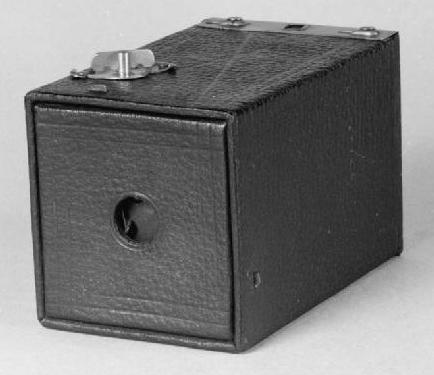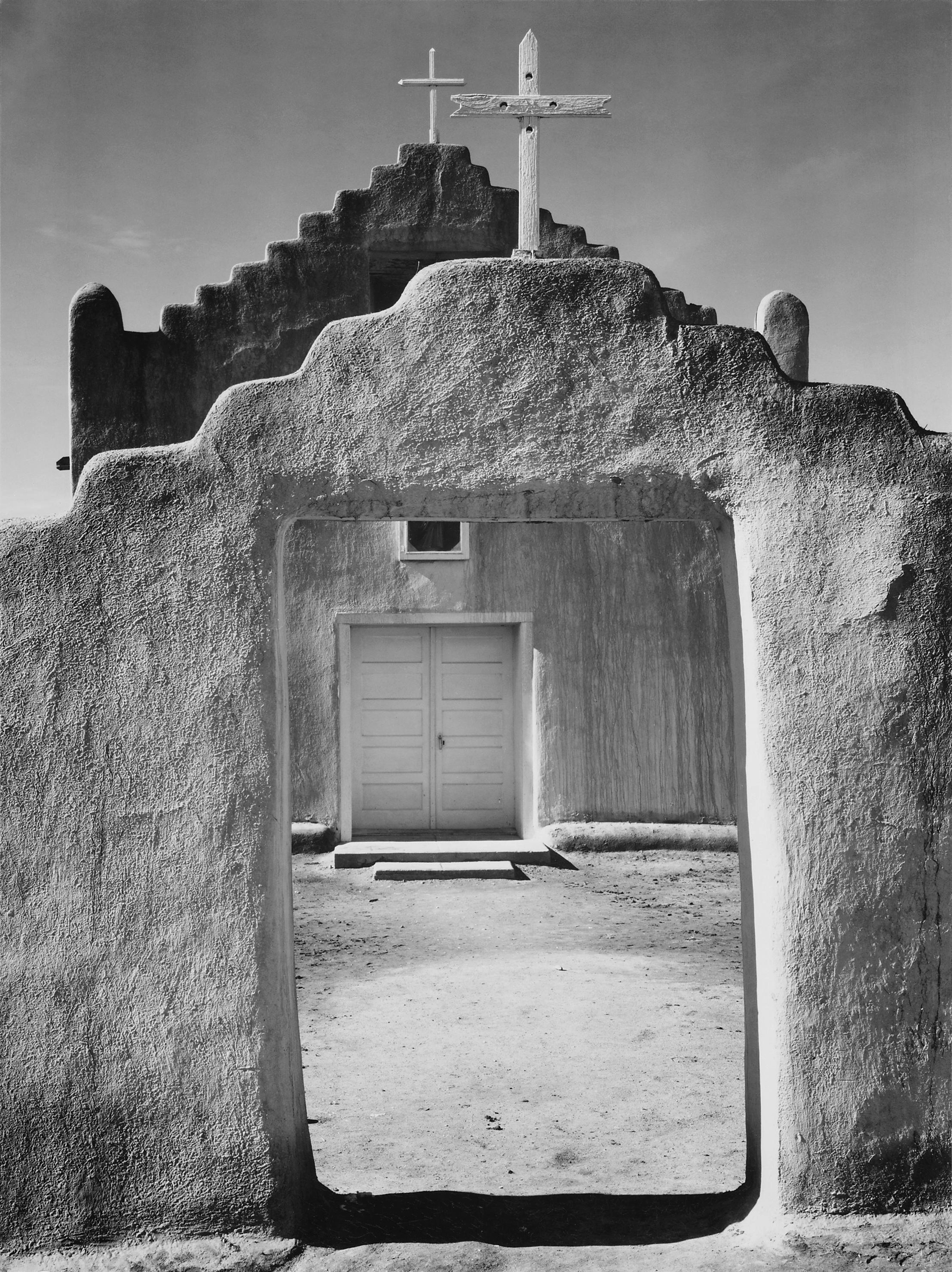
Yesterday was the birthday (February 20, 1902) of Ansel Adams, American landscape photographer and environmentalist. His work is noted for not only the beauty of the subject matter but the sharp focus, clarity and depth of image of his photographs. He was a life-long advocate for environmental conservation and his work reflects that. For his work and persistent advocacy which helped expand the National Park System, he was awarded the Presidential Medal of Freedom in 1980.
Adams grew up in San Francisco. At age 12 his parents took him on his first visit to Yosemite National Park which he thought was overwhelmingly beautiful. On that visit his father gave him his first camera – a Kodak Brownie Box Camera.

He returned to Yosemite the next year with a better camera and went to work for a San Francisco photographer learning darkroom techniques.
He joined the Sierra Club at age 17 and remained a member throughout his lifetime. He served on the board for 37 years and from 1920 to 1923 he was a summer caretaker for their lodge in Yosemite.
His first photographs were published in 1921. At that time he was an advocate of ‘Pictoralism’ which strove to imitate paintings with soft focus, diffused light and other techniques. This photo is an example of his work at that time.
By 1925 he had rejected Pictoralism for a more realistic approach that relied on sharp focus, high contrast and darkroom expertise. in 1927, working on a portfolio of photos of the High Sierras, he photographed the face of Half Dome using glass plates and a dark red filter. The result was one of his most famous photos.
During the 1930s, he began to use his photographs in the cause of wilderness preservation. His work and testimony before Congress played a vital role in the creation of Kings Canyon National Park.
In 1941, he contracted with the National Park Service to photograph National Parks, Indian Reservations and other areas under control of the park service. It was intended that the photos would be used as murals to decorate the new offices of the service but that never happened due to the war. Adams sent a total of 225 prints to the government but kept many others. As property of the US Government, these prints are in the public domain. Here are some of my favorites



Many more of these images are available at the National Archives and Records Service.
During World War II, Adams was distressed by the internment of Japanese-Americans and requested and received permission to visit the Manzanar War Relocation Center. The resulting photo essay was published as ‘Born Free and Equal’. The work was met with considerable resistance and rejected by many as disloyal.



Adams continued his photography during the fifties working with a number of magazines and as a consultant for the Polaroid Corporation which was founded by his friend, Edward Land. During the final 20 years of his life, his favorite camera was a 6cm by 6cm Hasseblad. His favorite photo taken with that camera was ‘Moon Over Halfdome’.

Adams suffered from gout and arthritis later in life. He died in 1984 of cardiovascular disease.
You can find a lot of his work with the relocation camps online at the Library of Congress site. The Wilderness Society in Washington DC has a nice gallery of his work. In his autobiography, Adams expressed his concern about Americans’ loss of connection to nature in the course of industrialization and the exploitation of the land’s natural resources. He stated, “We all know the tragedy of the dustbowls, the cruel unforgivable erosions of the soil, the depletion of fish or game, and the shrinking of the noble forests. And we know that such catastrophes shrivel the spirit of the people… The wilderness is pushed back, man is everywhere. Solitude, so vital to the individual man, is almost nowhere.”


One of my favorite photographers.
One of my favorite photographers of all time.